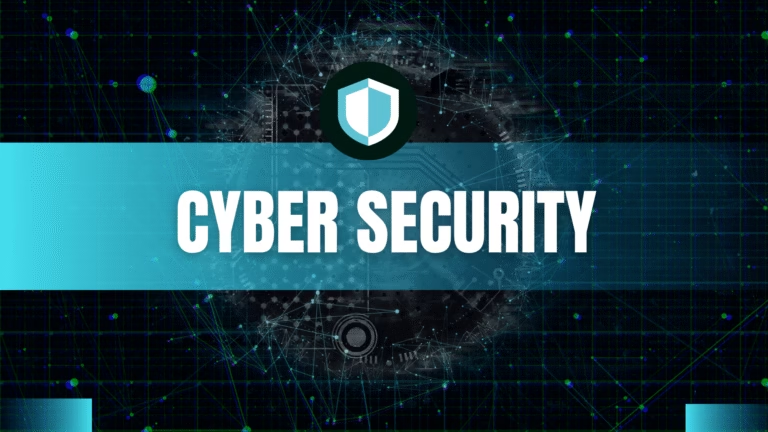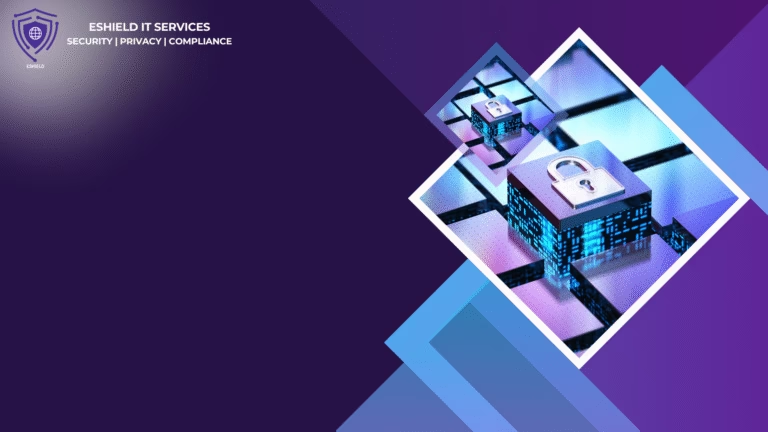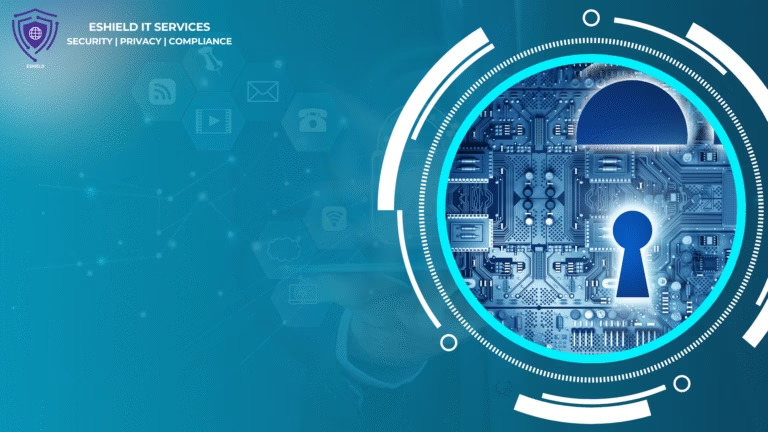Why is OT Security Important?

1. Critical infrastructure protection:
Many industrial control systems and operational technology are used in critical infrastructure such as power plants, water treatment facilities, and transportation systems. A cyberattack on these systems could result in significant disruptions, damage, or loss of life.
2. Data protection:
OT systems often contain sensitive data related to industrial processes, equipment, and operations. Protecting this data from unauthorized access, manipulation, or theft is crucial for maintaining operational efficiency and competitive advantage.


3. Financial implications:
A successful cyberattack on OT systems can result in costly downtime, repair and recovery expenses, legal fees, regulatory fines, and damage to an organization’s reputation. Implementing robust OT security measures can help prevent such financial losses.
4. Compliance requirements:
Various regulations and industry standards require organizations to implement adequate cybersecurity measures to protect OT systems. Failure to comply with these requirements can result in legal penalties, regulatory sanctions, and damage to an organization’s credibility.

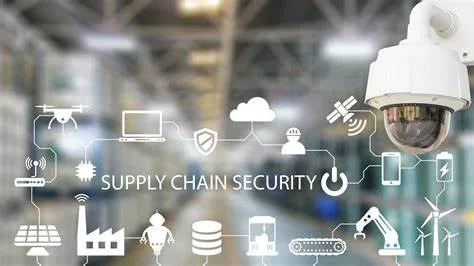
5. Supply chain security:
Many organizations rely on third-party vendors and suppliers to provide OT equipment, software, and services. Failure to secure these supply chains can expose an organization to cybersecurity risks and vulnerabilities.
6. Resilience and business continuity:
OT systems are critical for maintaining essential services and operations. Ensuring the security and resiliency of these systems can help organizations quickly recover from cyber incidents and minimize disruptions to their business operations.

Overcoming OT Security Challenges
1. Lack of awareness:
Many organizations still do not fully understand the importance of securing their operational technology (OT) systems. This can lead to a lack of investment in appropriate security measures, leaving systems vulnerable to cyber threats. To overcome this challenge, organizations need to prioritize OT security and educate all stakeholders on the risks and consequences of a security breach.
2. Legacy systems:
Many OT systems are older and were not built with security in mind. This can make them more vulnerable to cyber attacks and harder to secure with modern security protocols. To address this challenge, organizations should conduct thorough assessments of their OT systems and implement necessary upgrades or patches to enhance security.


3. Resource constraints:
OT security requires specialized knowledge and skills, which may be lacking in many organizations. Additionally, securing OT systems can be costly and time-consuming. To overcome this challenge, organizations can invest in training and hiring skilled OT security professionals, as well as leveraging external experts and tools to bolster their security posture.
4. Complexity of OT environments:
OT systems are highly complex and interconnected, with various components and devices that all need to be secured. This complexity can make it difficult for organizations to accurately assess and monitor their OT security posture. To address this challenge, organizations should implement comprehensive security frameworks and tools that can provide visibility and control over their entire OT environment.


5. Compliance and regulatory requirements:
Many industries, such as critical infrastructure and manufacturing, are subject to strict regulations and standards for OT security. Meeting these requirements can be challenging, especially for organizations with limited resources and expertise. To overcome this challenge, organizations should stay informed about relevant regulations and standards, and work with compliance experts to ensure they are meeting all requirements.
Tools and Technologies for OT Security
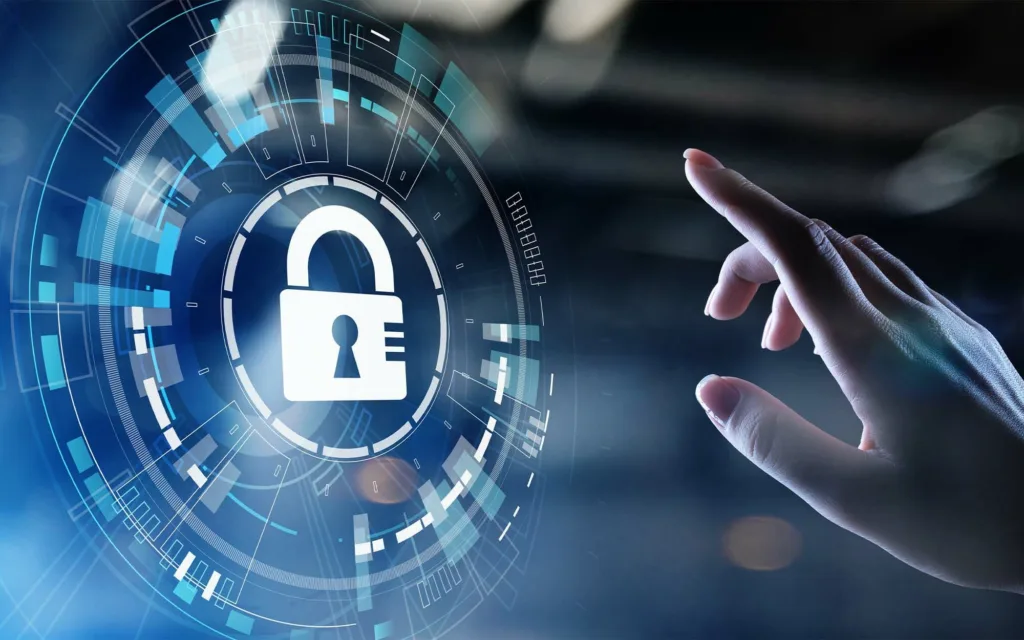
1. Intrusion Detection Systems (IDS):
IDS systems can detect and alert security personnel to potential security breaches or attacks in real time, allowing for a quick response to potential threats
2. Network Firewalls:
Firewalls monitor and control incoming and outgoing network traffic, blocking potentially malicious activity and protecting the network from cyber attacks.
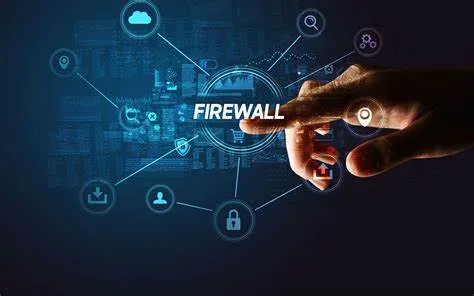

3. Virtual Private Networks (VPNs):
VPNs encrypt network traffic and provide a secure communication channel for remote access to OT systems, ensuring data confidentiality and integrity.
4. Security Information and Event Management (SIEM) Systems:
SIEM systems collect and analyze security event data from various sources to identify patterns and detect potential security incidents in real time.

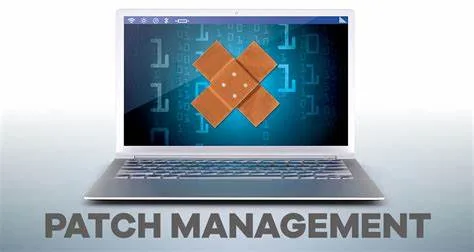
5. Patch Management Tools:
Patch management tools help ensure that OT systems are up to date with the latest security patches and updates, reducing the risk of vulnerabilities being exploited by cyber attackers.
6. Endpoint Detection and Response (EDR) Solutions:
EDR solutions monitor and respond to security incidents on endpoints, such as servers and workstations, to detect and mitigate potential threats.

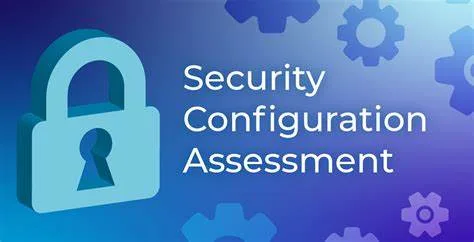
7. Security Configuration Management Tools:
Configuration management tools help ensure that OT systems are securely configured according to industry best practices and compliance standards.
8. Security Incident Response Platforms:
Incident response platforms help organizations prepare for, manage, and respond to security incidents in a coordinated and efficient manner.
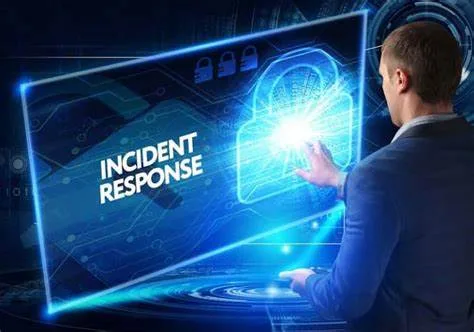
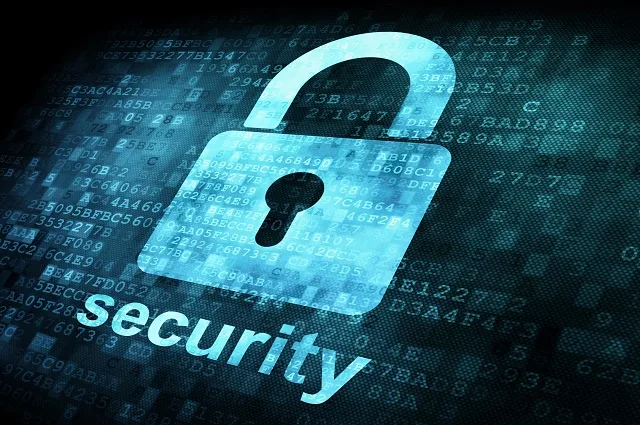
9. Encryption Technologies:
Encryption technologies protect sensitive data and communications by encoding information so that only authorized parties can access it.
10. Vulnerability Assessment Tools:
Vulnerability assessment tools scan OT systems for known vulnerabilities and weaknesses, allowing organizations to proactively address security risks before they are exploited by attackers




